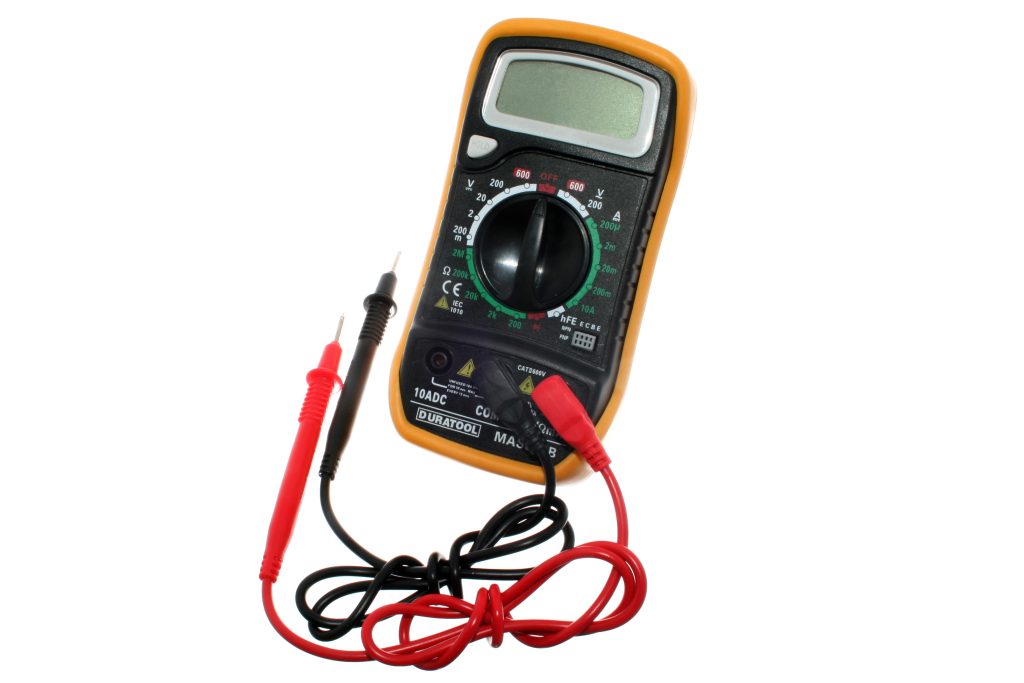30 amp vs 50 amp RV Plugs
The world of recreational vehicles is filled with many technical aspects, among which amp ratings are pivotal. The heart of electric systems in vehicles, understanding amperage is key in RV maintenance. However, this often leads to confusion, especially when distinguishing between 30 amp and 50 amp RV plugs. Is one better than the other? Do they serve different purposes? In this article, we will examine these questions in detail, demystifying the crucial differences between these two popular amperage rates for RV plugs. So, strap in as we embark on this electric journey.
If you don’t know the difference between 30 amp and 50 amp RV systems, please read this guide to help get a basic understanding.
Understanding Amps

The term ‘amp’, short for Ampere, refers to the unit of measure for electrical current. In the simplest terms, it’s how electricity’s flow is quantified. While a higher rating does not necessarily mean better, it does denote more powerful electrical capacity. Knowing your RV’s amperage requirements is crucial to ensure safe and efficient use. Misjudging this can lead to overheating, potential damage, or even a dangerous situation. So, understanding what the numbers imply is essential, whether it’s a 30 amp or a 50 amp RV plug.
The 30 Amp RV Plug – An Overview
The 30 amp RV plug is a three-prong plug, which represents a hot wire, a neutral wire, and a ground wire. It delivers 120 volts, hence able to feed appliances totaling no more than 3600 watts. Mostly, smaller and older RV models use this plug due to their limited power needs. It is a fairly standard and economical solution suitable for RVs with moderate electrical requirements.
The 50 Amp RV Plug – A Detailed Look
Stepping up the game, the 50 amp RV plug features four prongs, including two 120-volt hot wires, a neutral wire, and a ground wire. This plug supplies twice the voltage, creating a potential of 240 volts. Translated into watts, a 50 amp RV plug can handle a maximum of 12,000 watts, accommodating RVs with heavier power demands. This typically accompanies larger RV models with many high-powered appliances.
Comparing 30 Amp and 50 Amp RV Plugs
The primary difference between 30 amp and 50 amp RV plugs lies in their power capacity. While the 30 amp plug serves smaller RVs with fewer electrical needs, the 50 amp plug caters to larger RVs with more appliances. Additionally, the 50 amp RV plug, with its 240 volts, offers not just more but also stronger power. This means it can handle heavy-duty devices like air conditioners and electric heaters more efficiently than a 30 amp RV plug. It’s not just about quantity, it’s also about the intensity of power needed.
Choosing Between 30 Amp and 50 Amp
The choice between a 30 amp and a 50 amp RV plug ultimately depends on your RV and its power needs. If your RV is smaller, with fewer high-powered appliances, a 30 amp plug should suffice. However, for larger RVs laden with appliances like air conditioners and heaters, a 50 amp plug would be more suitable. Always make sure your choice aligns with your RV’s specifications to ensure safety and efficiency.
Conclusion
Understanding the difference between 30 amp and 50 amp RV plugs empowers you to make the best choice for your recreational vehicle. While the 30 amp plug suits moderate electrical needs, the 50 amp plug equips larger RVs with heavy-duty power. Regardless of which one you choose, always ensure it matches your RV’s specifications for a safe and efficient RV journey.






Leave a Reply